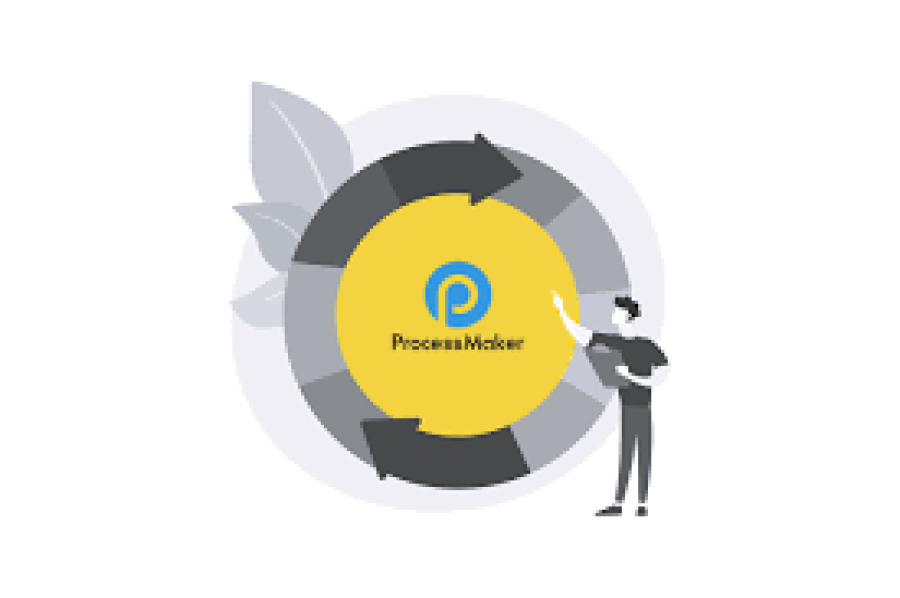How to Create Transparent Pricing for Freelance Consulting
One of the biggest challenges freelance consultants face—whether in design, law, media, or architecture—is pricing transparency. Clients need clarity, predictability, and trust when they work with independent professionals. And you, as a consultant, need to establish a pricing model that reflects your value, avoids confusion, and prevents scope creep.
At freelancerbridge, we empower freelance consultants to grow sustainable businesses through clear systems and professional practices. In this article, you’ll learn how to build transparent pricing models that eliminate guesswork, build trust with clients, and help you stand out in a competitive market.
Long Description: How to Create Transparent Pricing for Freelance Consulting
Transparent pricing is about more than listing numbers on a website. It’s a strategic communication tool that positions you as trustworthy, experienced, and client-focused.
Whether you're a freelance legal consultant, media strategist, or architectural expert, here's how to make your pricing clear, fair, and client-friendly.
Why Transparent Pricing Matters in Freelance Consulting
Before we explore how to build your pricing structure, it’s important to understand the why behind transparent pricing.
1. Builds Client Trust
Clients are more likely to hire a consultant who clearly outlines costs, deliverables, and timelines.
2. Reduces Negotiation Friction
With upfront prices and scope definitions, you avoid endless haggling.
3. Improves Project Planning
Transparent pricing makes it easier to estimate timelines and allocate resources.
4. Minimizes Scope Creep
When your fees and services are defined in detail, additional requests become billable items—not free add-ons.
5. Sets You Apart
Many freelancers hide their pricing. Showing yours positions you as confident and professional.
Steps to Create Transparent Pricing for Your Freelance Consulting Business
Let’s walk through a detailed strategy to make your pricing model clear and client-friendly.
Step 1: Define What You’re Offering
Clients can’t understand pricing unless they understand what they’re buying.
Create a List of Services:
Legal freelancers: Contract drafting, compliance review, startup legal packages
Design freelancers: Logo design, brand strategy, web design
Architecture consultants: Floor plan design, space planning, regulatory compliance
Media consultants: Campaign strategy, content planning, social media audits
Action Tip: Break down each service into deliverables, timelines, and ideal client type.
Step 2: Choose Your Pricing Model
There are multiple models to consider:
1. Hourly Pricing
Useful for consulting calls, one-off advisory sessions, or undefined project scopes.
2. Project-Based Pricing
Ideal for defined deliverables like a contract package or branding kit.
3. Retainer Pricing
A monthly or quarterly payment for recurring services or on-call availability.
4. Value-Based Pricing
Price based on the ROI or business impact your service creates.
Action Tip: Offer a mix of models to serve different client needs, with clear use cases for each.
Step 3: Develop Transparent Packages
To simplify your offering and reduce confusion, build tiered pricing packages.
Example (for a freelance media consultant):
Package Name Description Price
Starter 1-Hour Strategy Call + Audit Report ₹5,000
Growth Content Plan + 5 Templates + 2 Revisions ₹12,000
Pro Full Campaign Setup + Monitoring + Reports ₹25,000
Benefits of Tiered Pricing:
Allows clients to choose based on budget and needs
Makes upselling easier
Provides clarity on what’s included in each option
Step 4: Explain What’s Included (and Not Included)
Transparency goes beyond price—it’s about setting expectations.
Include:
Number of revisions
Delivery timeline
Communication method (email, Zoom, etc.)
Format of deliverables
Post-delivery support, if any
Also clearly state:
What is not included
Hourly rates for out-of-scope work
Any additional charges (e.g., expedited delivery)
Step 5: Publish Pricing Strategically
You can show your pricing:
On your website (as a pricing page or services section)
In a downloadable PDF
As part of a proposal or onboarding email
Through a booking system with pre-set prices
Pro Tip: Avoid vague phrases like “starting at.” Be as specific as possible unless you’re doing fully custom quotes.
Step 6: Use a Pricing Calculator or Quote Builder
This makes the process interactive and shows that you're professional.
Examples:
Embed a calculator on your site where clients can choose services
Offer a downloadable quote form
Use tools like Bonsai, HoneyBook, or Notion for custom quote creation
Step 7: Educate Your Clients on Value
Even if your prices are visible, clients may not understand why they’re justified.
Use:
Case studies showing ROI
Comparisons between packages
Testimonials highlighting time/money saved
Breakdown of what goes into the pricing (research, revisions, consulting)
This shifts the conversation from "how much does it cost" to "how much is it worth."
Step 8: Include Pricing in Proposals and Contracts
Make sure every proposal you send includes:
Package selected
Scope of work
Timeline
Cost breakdown
Payment schedule
Revision policy
Termination or refund clause
Bonus Tip: Use e-signature platforms like HelloSign, DocuSign, or Bonsai for a seamless and professional experience.
Common Mistakes to Avoid in Freelance Pricing
Hiding prices completely (it signals hesitation)
Overloading your packages with too many items
Undercharging due to fear of losing clients
Not charging for extras or rush delivery
Failing to update prices as your skills grow
Transparent pricing doesn’t mean low pricing—it means justified pricing.
Bonus: Tools for Transparent Pricing
Here are tools that can help freelance consultants create and manage transparent pricing systems:
Tool Use Case
Bonsai Contracts, proposals, invoices with pricing tiers
Notion Building internal pricing catalogs
Canva Design professional pricing sheets
Dubsado CRM with embedded pricing proposals
Google Sheets Create custom pricing calculators
Benefits of Transparent Pricing for Your Brand
Positions you as an authority
Reduces time spent explaining your process
Attracts qualified, serious clients
Shortens the sales cycle
Increases confidence in your consulting services
When your pricing is clear and confident, clients feel they are hiring a consultant who respects both their time and their own.
Conclusion
Transparent pricing isn't just a smart strategy—it’s an essential part of building trust and professionalism as a freelance consultant. Whether you’re working in design, media, law, or architecture, clear communication about your fees, deliverables, and expectations can make the difference between a one-time project and a long-term client relationship.
At freelancerbridge, we encourage every independent professional to think like a business—offering structure, consistency, and value in everything you do. With transparent pricing, you don’t just sell your time—you build trust, authority, and recurring income.


 by Emily
by Emily




